Home>Gardening & Outdoor>Landscaping Ideas>How To Keep Artificial Grass Clean
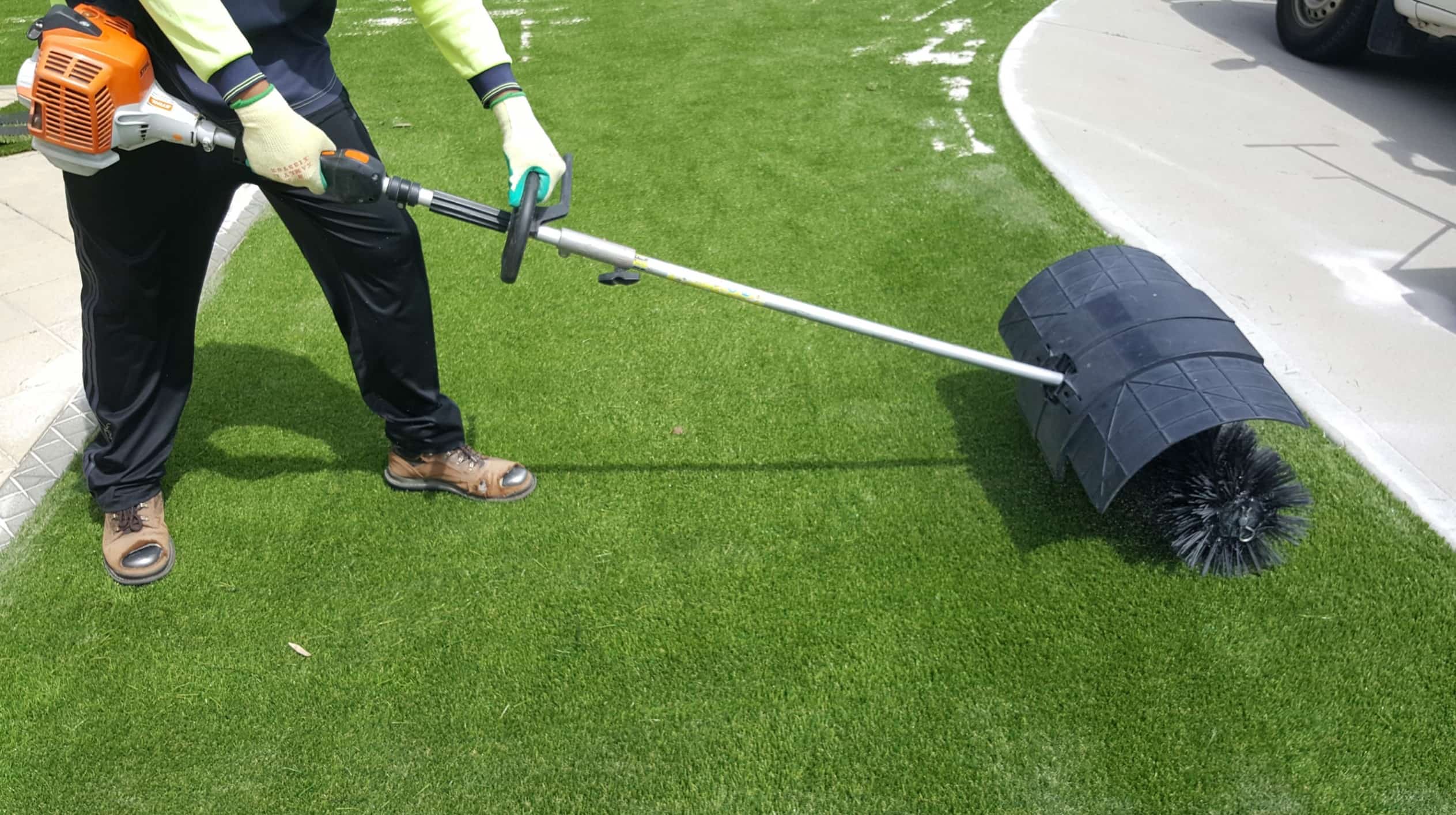

Landscaping Ideas
How To Keep Artificial Grass Clean
Modified: March 19, 2024
Learn effective landscaping ideas to keep your artificial grass clean and pristine. Discover maintenance tips for a beautiful, low-maintenance lawn.
(Many of the links in this article redirect to a specific reviewed product. Your purchase of these products through affiliate links helps to generate commission for Storables.com, at no extra cost. Learn more)
Introduction
Welcome to the wonderful world of artificial grass! Whether you’ve recently installed synthetic turf or have been enjoying its myriad benefits for a while, keeping it clean is essential for maintaining its beauty and longevity. While artificial grass requires less maintenance than natural grass, it still needs regular care to stay pristine and inviting. In this comprehensive guide, we’ll explore the best practices for keeping your artificial grass clean and lush, ensuring that it remains a vibrant and enjoyable part of your outdoor space.
From simple routines to professional services, we’ll cover everything you need to know to keep your artificial grass looking its best. Let’s dive into the world of artificial grass maintenance and discover how to preserve the charm and functionality of your synthetic lawn.
Key Takeaways:
- Regular maintenance like debris removal, brushing, and rinsing keeps artificial grass clean and inviting, preserving its beauty and functionality for years to come.
- Proactive measures, prompt cleanups, and pet-friendly products help prevent stains and manage pet waste, ensuring a fresh and odor-free outdoor space for both humans and pets to enjoy.
Read more: How To Keep Greenery Alive
Regular Maintenance
Regular maintenance is the cornerstone of preserving the appearance and performance of your artificial grass. By incorporating a few simple tasks into your routine, you can ensure that your synthetic lawn remains clean, fresh, and inviting throughout the year.
1. Remove Debris: Regularly removing debris such as leaves, twigs, and dirt is crucial for the upkeep of your artificial grass. Use a leaf blower, stiff brush, or a flexible lawn rake to gently clear the surface, taking care not to damage the turf fibers.
2. Brushing: Brushing your artificial grass with a stiff bristle broom or brush can help maintain its upright position and prevent matting. This simple task also helps distribute infill evenly, keeping the surface smooth and resilient.
3. Rinsing: Periodically rinsing your artificial grass with water can help remove dust, pollen, and other airborne particles, keeping the surface clean and vibrant. It’s a quick and effective way to refresh the appearance of your synthetic lawn, especially in dry or dusty environments.
By incorporating these regular maintenance tasks into your routine, you can preserve the pristine look and feel of your artificial grass, ensuring that it continues to enhance your outdoor space for years to come.
Removing Debris
Keeping your artificial grass free of debris is essential for maintaining its visual appeal and structural integrity. Regular removal of debris not only enhances the aesthetic charm of your synthetic lawn but also prevents potential issues such as drainage problems and the growth of unwanted vegetation.
1. Leaf Blower: A leaf blower is an efficient tool for quickly removing leaves, twigs, and other lightweight debris from the surface of your artificial grass. When using a leaf blower, work in a systematic pattern to ensure thorough coverage and to dislodge debris from between the turf fibers.
2. Stiff Brush or Rake: For more stubborn debris or areas where a leaf blower may not reach, a stiff brush or flexible lawn rake can be used to gently lift and remove debris from the synthetic turf. Take care to use gentle, sweeping motions to avoid damaging the turf fibers.
3. Regular Inspections: Periodically inspect your artificial grass for debris accumulation, especially after storms or windy days. Prompt removal of debris can prevent it from becoming embedded in the turf and causing long-term issues.
By incorporating these methods into your maintenance routine, you can effectively remove debris from your artificial grass, preserving its pristine appearance and ensuring a welcoming outdoor environment for you and your family to enjoy.
Brushing
Brushing your artificial grass is a simple yet effective maintenance task that can significantly enhance its appearance and longevity. By regularly brushing the turf fibers, you can prevent matting, maintain a lush, upright appearance, and distribute infill evenly across the surface.
1. Stiff Bristle Brush: Using a stiff bristle brush designed specifically for artificial grass, gently brush the turf fibers in different directions to prevent matting and compacting. This helps the fibers stand upright, maintaining a natural and inviting look.
2. Frequency: Depending on usage and environmental factors, consider brushing your artificial grass at least once a month to keep the fibers in optimal condition. High-traffic areas may require more frequent brushing to prevent flattening of the turf.
3. Infill Distribution: Brushing the turf helps distribute the infill material evenly, ensuring that it provides adequate support and stability to the synthetic grass. This also helps maintain a consistent surface and minimizes the risk of uneven wear and tear.
By incorporating regular brushing into your artificial grass maintenance routine, you can uphold its visual appeal, resilience, and overall performance, ensuring that it continues to enrich your outdoor space for years to come.
Rinsing
Rinsing your artificial grass is a simple yet effective way to maintain its cleanliness and vibrancy. Periodic rinsing helps remove dust, pollen, and other airborne particles that may settle on the surface, keeping your synthetic lawn looking fresh and inviting.
1. Water Rinse: Using a garden hose or sprinkler, lightly spray water over the surface of your artificial grass to rinse away accumulated dust and debris. A gentle, even spray is sufficient to freshen up the turf without saturating it excessively.
2. Frequency: Depending on environmental factors such as pollen levels, air quality, and local climate, consider rinsing your artificial grass every few weeks to maintain its cleanliness. In drier or dust-prone areas, more frequent rinsing may be beneficial.
3. Enhanced Cleaning: For more stubborn stains or localized dirt accumulation, spot cleaning with a mild detergent and water solution can be effective. Gently scrub the affected area with a soft brush and rinse thoroughly to maintain the overall cleanliness of your synthetic lawn.
By incorporating regular rinsing into your artificial grass maintenance routine, you can uphold its visual appeal, freshness, and overall allure, ensuring that it continues to enrich your outdoor space for years to come.
Regularly brush and rake your artificial grass to remove debris and prevent matting. Use a mild detergent and water to spot clean any stains, and rinse thoroughly. Avoid using harsh chemicals or high-pressure washers.
Read more: How To Keep Bees Off Patio
Preventing Stains
Preventing stains on your artificial grass is essential for preserving its pristine appearance and ensuring long-term durability. While synthetic turf is inherently more resistant to staining than natural grass, proactive measures can further safeguard its beauty and cleanliness.
1. Prompt Cleanup: Address spills and pet accidents promptly to prevent the substances from seeping into the turf. Blot the affected area with a clean cloth or paper towels to absorb the liquid, followed by rinsing with water to dilute and remove any residue.
2. Outdoor Furniture Pads: Place protective pads or mats beneath outdoor furniture and grills to prevent rust, oil, or dye transfer onto the artificial grass. This simple precaution can minimize the risk of discoloration and staining, particularly in high-traffic areas.
3. Pet-Friendly Products: If you have pets, use pet-friendly cleaning products for accidents or soiling on the artificial grass. These products are formulated to effectively remove stains and odors without causing damage to the turf fibers or infill material.
4. Regular Inspections: Periodically inspect your artificial grass for any potential sources of staining, such as tree sap, berries, or oil leaks from vehicles. Promptly address any visible stains or residues to prevent them from setting and becoming more challenging to remove.
By implementing these preventive measures, you can minimize the risk of stains and discoloration on your artificial grass, ensuring that it retains its impeccable appearance and continues to enhance your outdoor environment for years to come.
Pet Waste Management
For pet owners, effective waste management is crucial for preserving the cleanliness and hygiene of artificial grass. With the right approach, you can maintain a pristine and odor-free synthetic lawn while providing a safe and comfortable outdoor space for your furry companions.
1. Prompt Cleanup: Immediately remove solid pet waste from the artificial grass surface using a waste bag or pooper scooper. Prompt removal helps prevent the waste from adhering to the turf fibers and minimizes the risk of odor and staining.
2. Rinsing: After solid waste removal, rinse the affected area with water to dilute and remove any residual waste. This simple step helps maintain the cleanliness and freshness of the synthetic turf, especially in high-traffic pet areas.
3. Pet-Safe Cleaners: Use pet-safe enzymatic cleaners for spot cleaning in case of accidents or urine soiling on the artificial grass. These cleaners effectively break down organic residues and help neutralize odors without causing harm to the turf or infill material.
4. Regular Inspections: Periodically inspect the artificial grass for any signs of pet waste accumulation or soiling. Address any areas of concern promptly to prevent odors and maintain the overall cleanliness of the synthetic lawn.
By implementing these pet waste management practices, you can ensure that your artificial grass remains clean, fresh, and inviting, creating a pleasant outdoor environment for both your pets and your family to enjoy.
Professional Cleaning Services
While regular maintenance and proactive care can significantly contribute to the cleanliness and longevity of your artificial grass, enlisting the expertise of professional cleaning services can offer comprehensive care and specialized treatments to ensure the ongoing beauty and performance of your synthetic lawn.
1. Deep Cleaning: Professional cleaning services utilize specialized equipment and techniques to perform deep cleaning of artificial grass, effectively removing embedded dirt, grime, and organic residues. This thorough process rejuvenates the turf, enhancing its appearance and resilience.
2. Stain Removal: Professional cleaners have the expertise and products to effectively remove stubborn stains, such as pet urine, oil, or organic matter, without causing damage to the synthetic turf. Their targeted treatments can restore the pristine look of the artificial grass.
3. Odor Neutralization: Professional cleaning services can address and neutralize odors that may develop on artificial grass, particularly in pet-inhabited areas. Their specialized products and techniques effectively eliminate odors, ensuring a fresh and inviting outdoor environment.
4. Maintenance Programs: Many professional cleaning services offer customized maintenance programs tailored to the specific needs of your artificial grass. These programs may include scheduled cleanings, inspections, and treatments to uphold the cleanliness and appeal of your synthetic lawn.
By engaging professional cleaning services, you can benefit from their expertise, advanced treatments, and comprehensive care, ensuring that your artificial grass remains impeccably clean, vibrant, and enduring, enriching your outdoor space for years to come.
Conclusion
Caring for your artificial grass is a rewarding endeavor that not only enhances the beauty of your outdoor space but also ensures the longevity and functionality of your synthetic lawn. By incorporating regular maintenance practices such as debris removal, brushing, and rinsing, you can preserve the pristine appearance and resilience of your artificial grass, creating a welcoming environment for leisure and relaxation.
Preventing stains and effectively managing pet waste are essential aspects of maintaining the cleanliness and hygiene of your synthetic turf. Proactive measures, prompt cleanups, and pet-friendly products contribute to a fresh and odor-free outdoor space, allowing both you and your pets to enjoy the benefits of artificial grass year-round.
While personal maintenance efforts are invaluable, professional cleaning services offer specialized treatments and comprehensive care to rejuvenate and uphold the beauty of your artificial grass. Their expertise, advanced techniques, and tailored maintenance programs can further elevate the cleanliness and allure of your synthetic lawn, ensuring its enduring charm and appeal.
By embracing these maintenance practices and, when needed, leveraging the expertise of professional cleaning services, you can savor the benefits of a lush, vibrant, and inviting artificial grass landscape. With proper care and attention, your synthetic lawn will continue to enrich your outdoor living experience, providing a durable, low-maintenance, and visually stunning alternative to natural grass.
So, embark on this journey of artificial grass maintenance with confidence, knowing that your efforts will be rewarded with a beautiful, enduring, and enjoyable outdoor oasis for years to come.
Frequently Asked Questions about How To Keep Artificial Grass Clean
Was this page helpful?
At Storables.com, we guarantee accurate and reliable information. Our content, validated by Expert Board Contributors, is crafted following stringent Editorial Policies. We're committed to providing you with well-researched, expert-backed insights for all your informational needs.
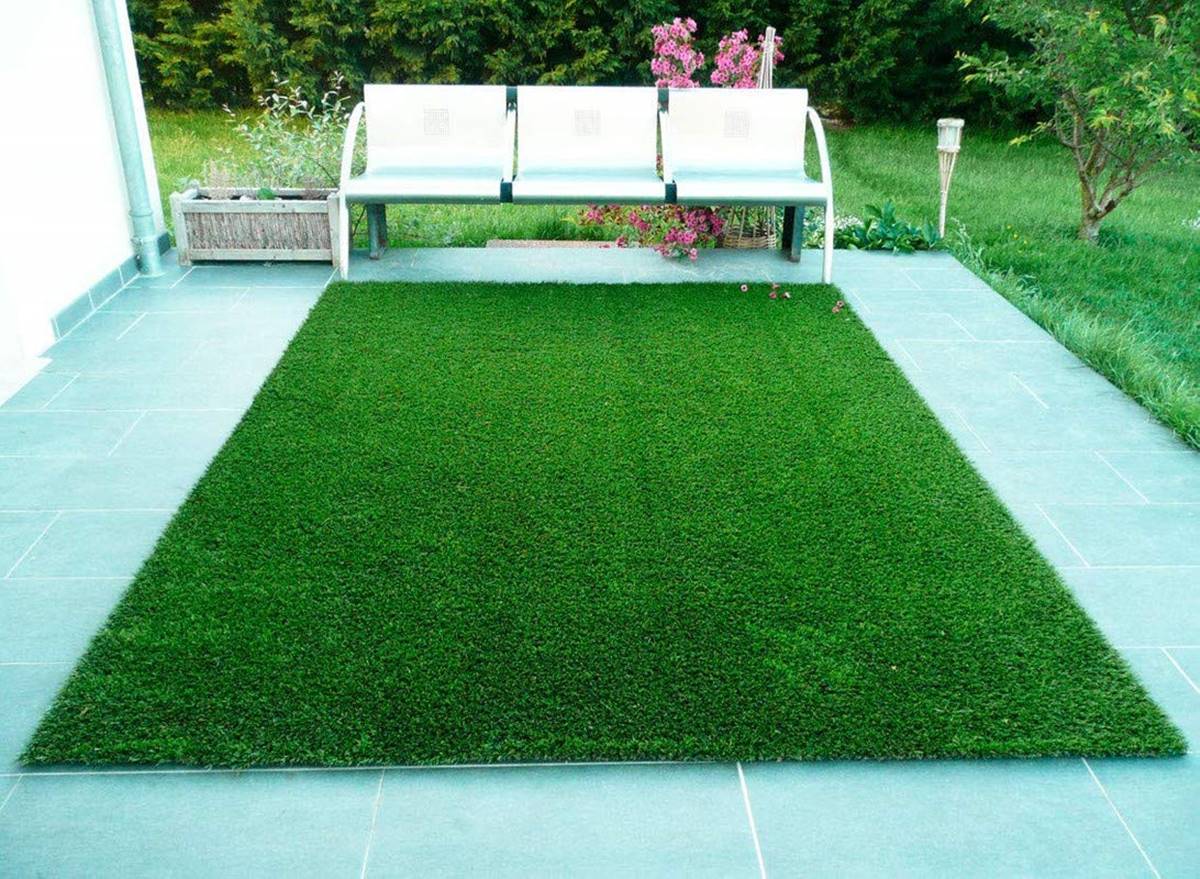

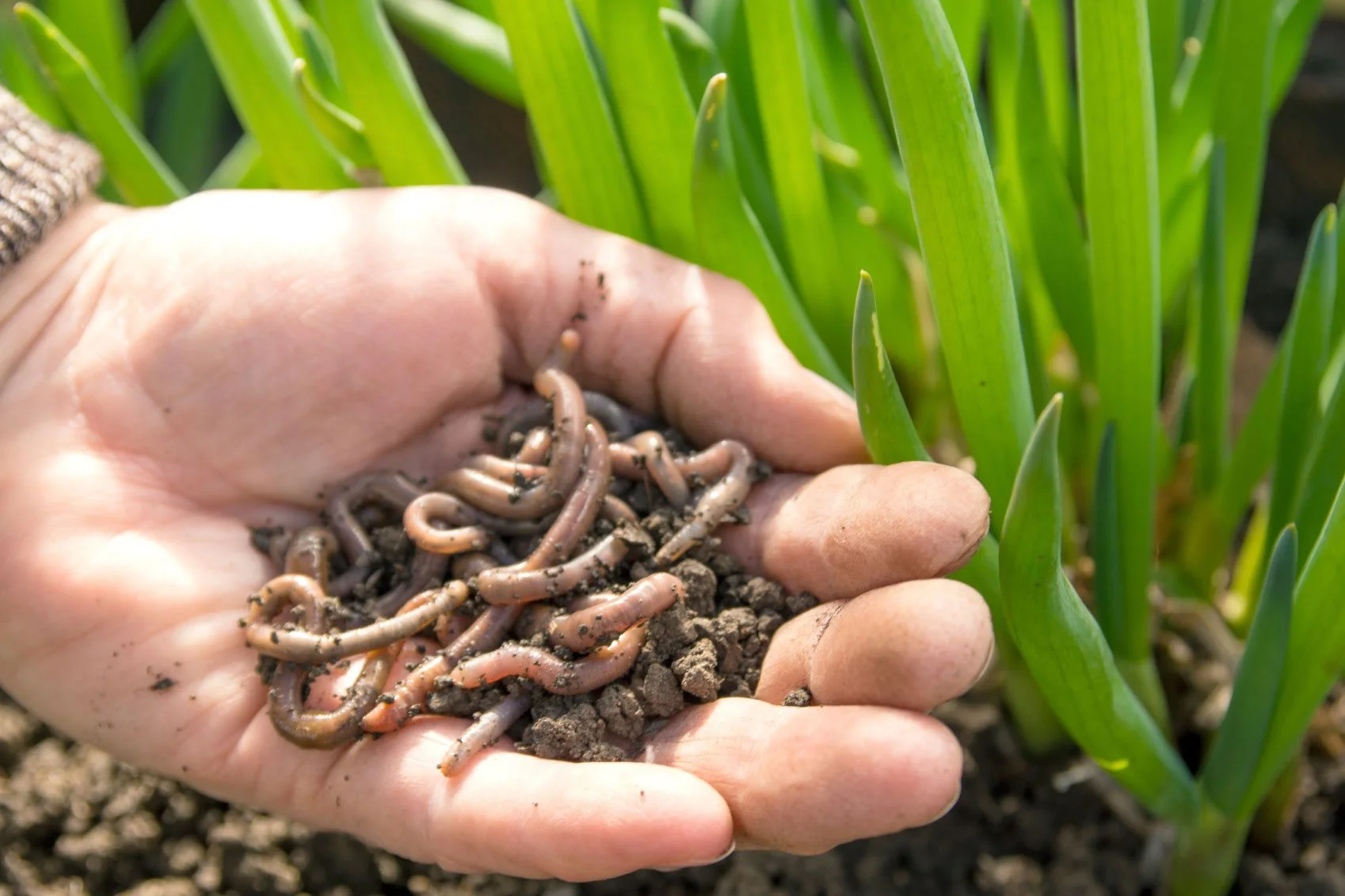
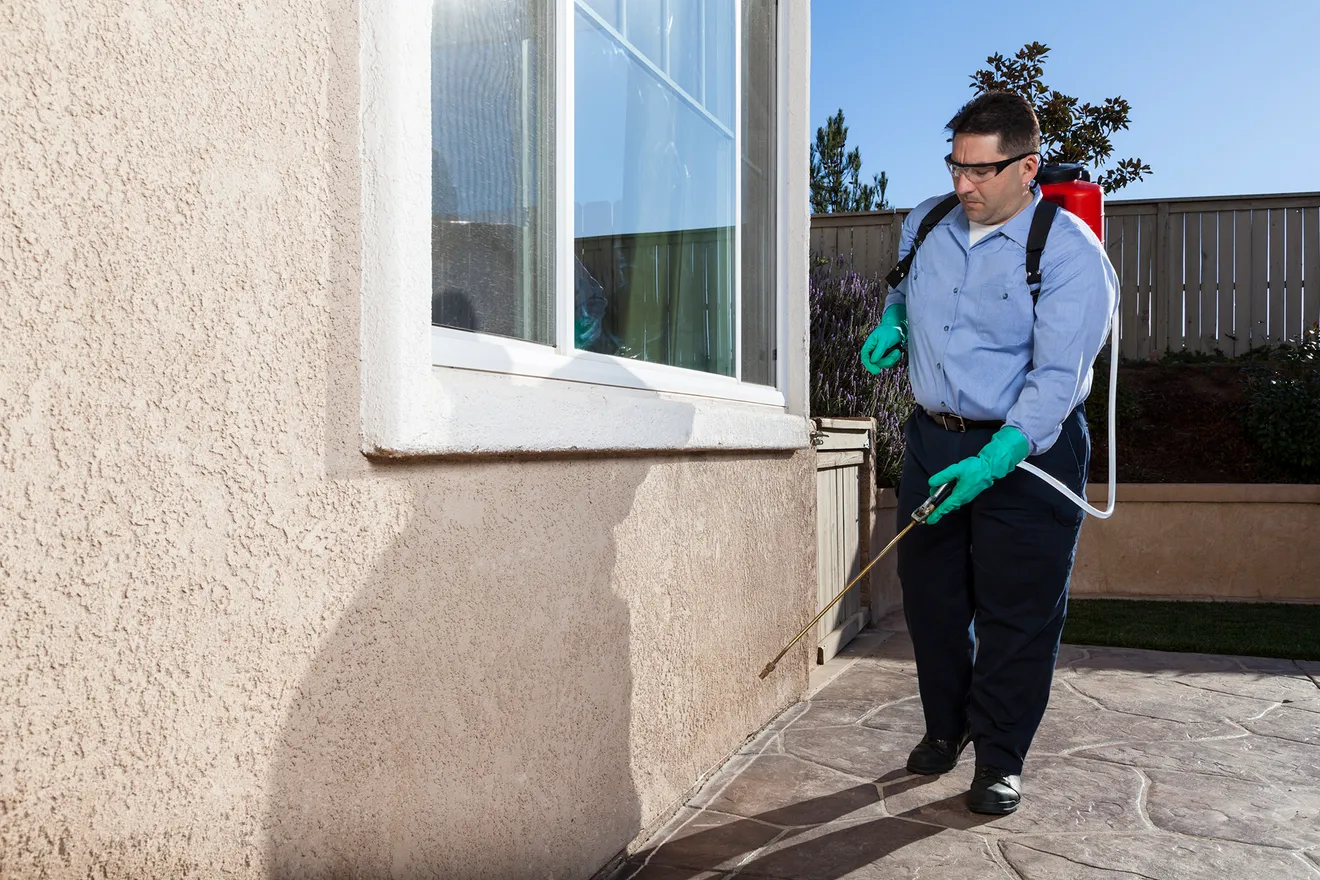

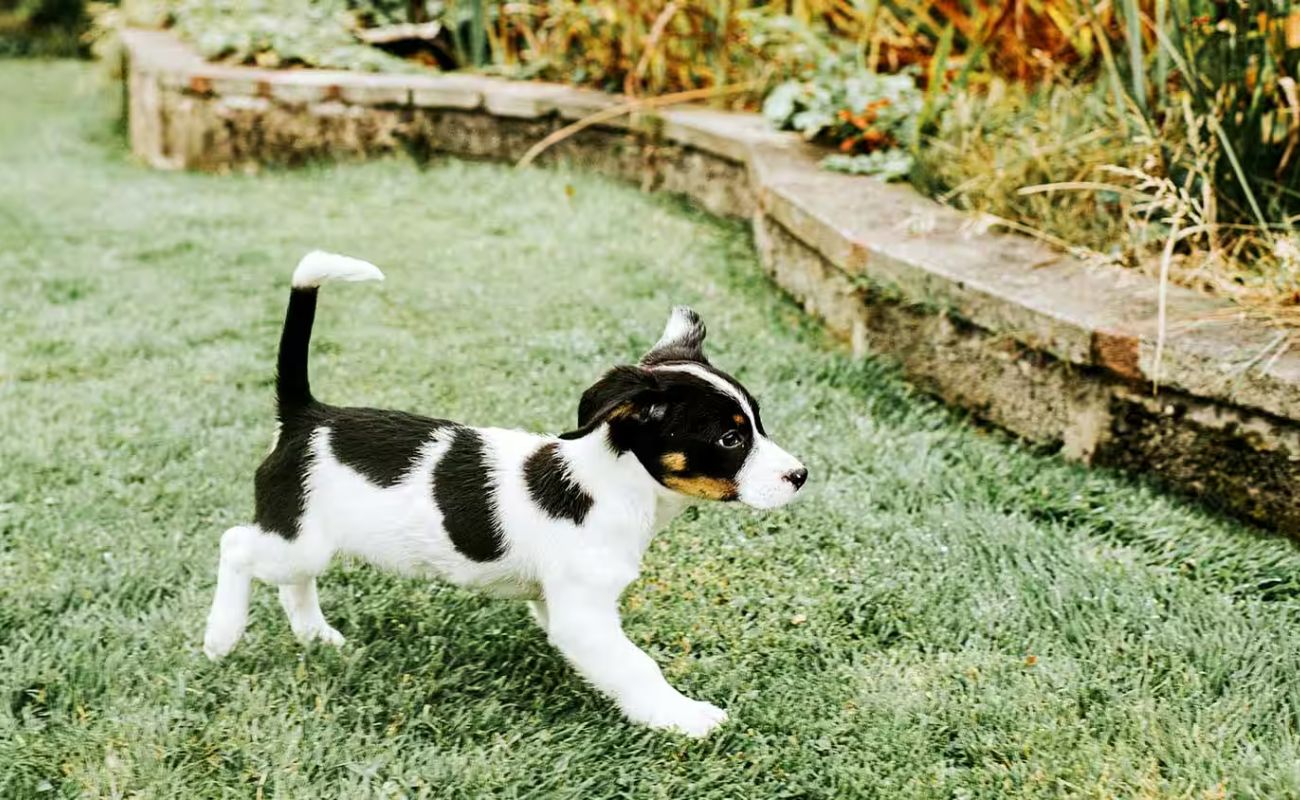
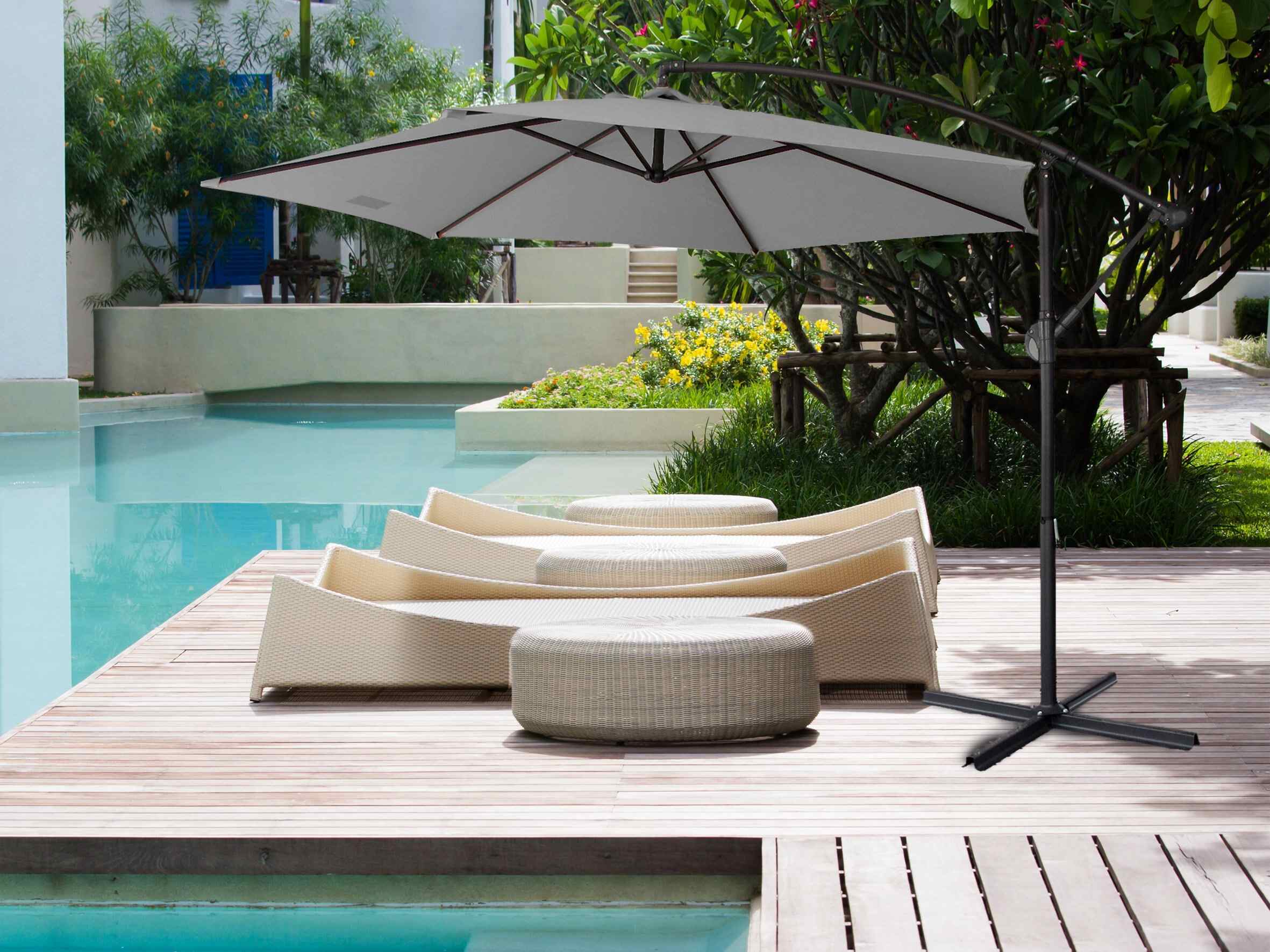
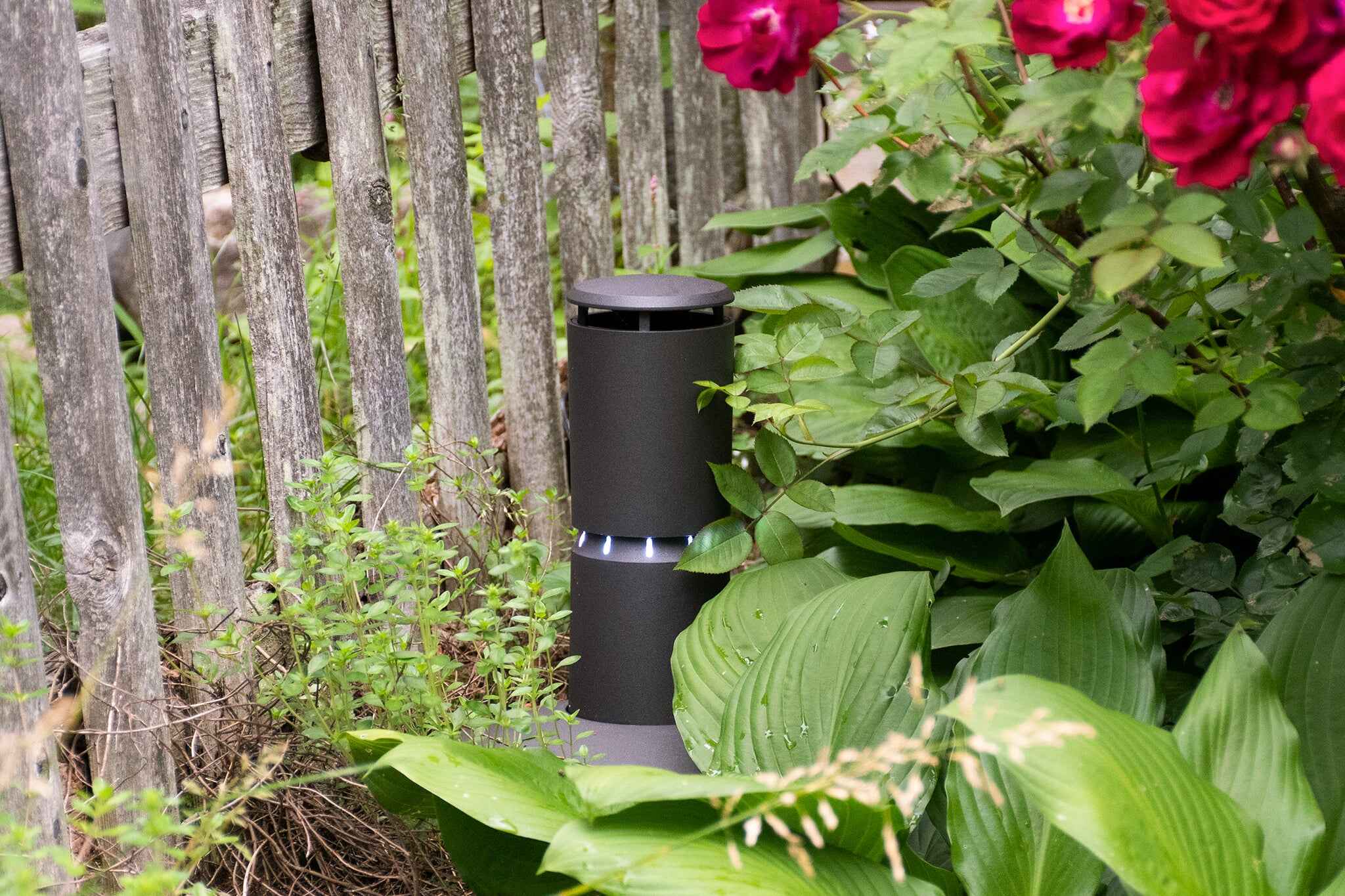


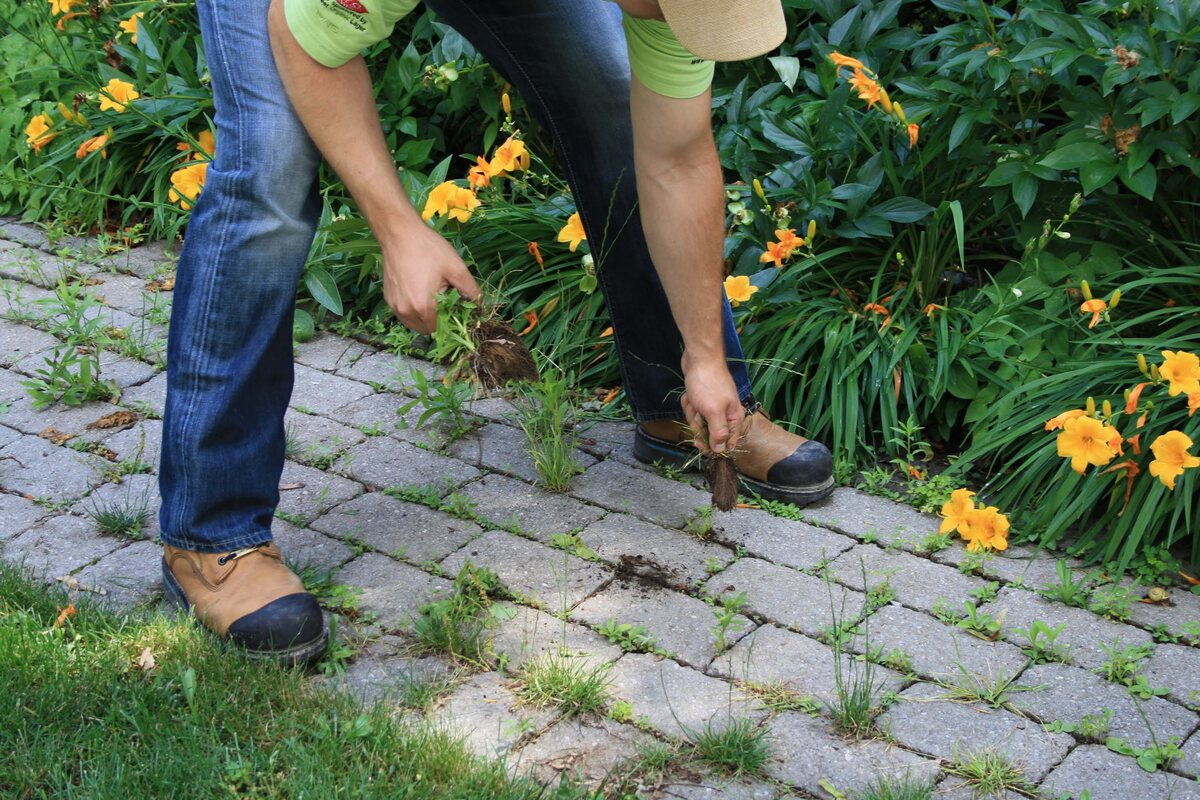
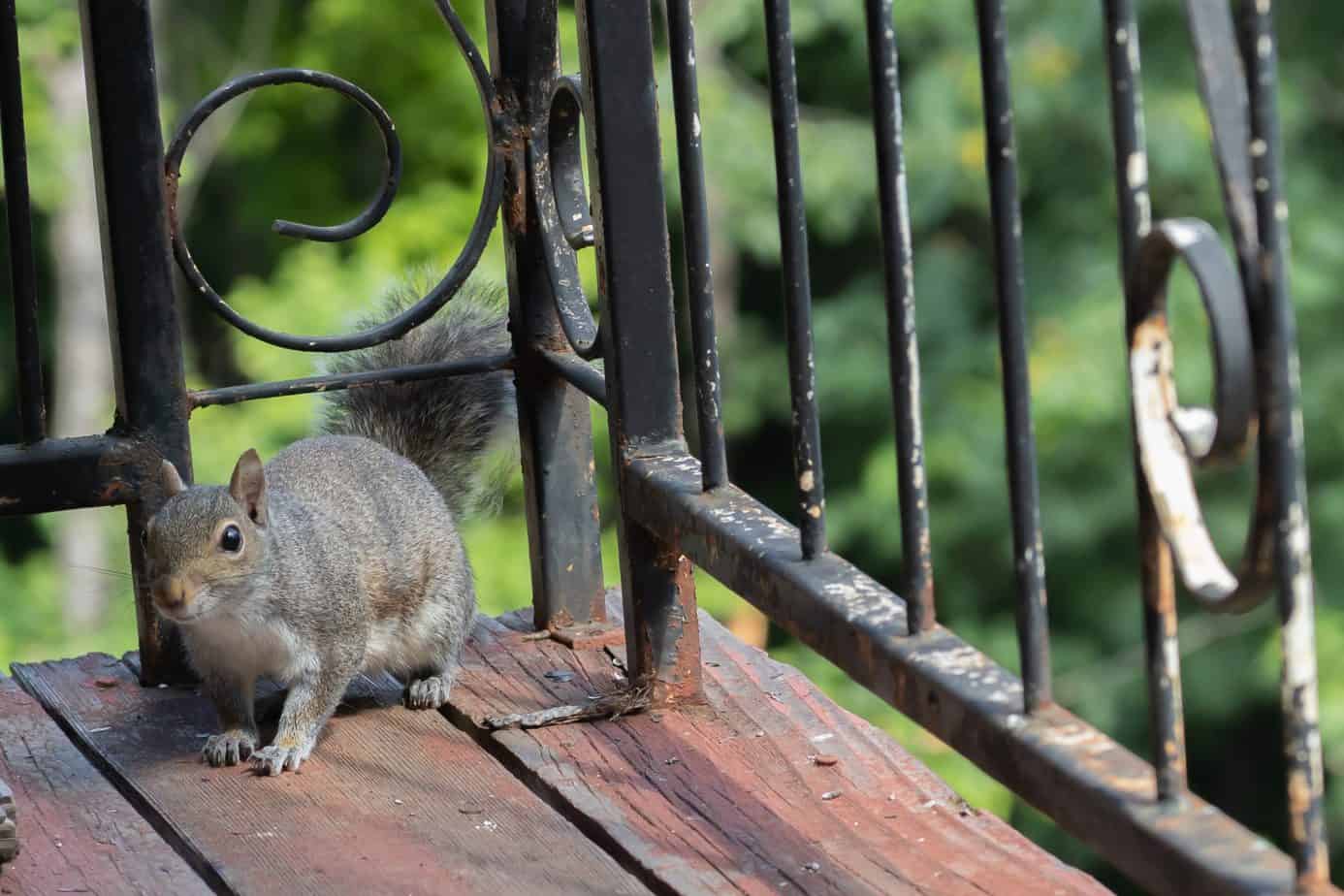
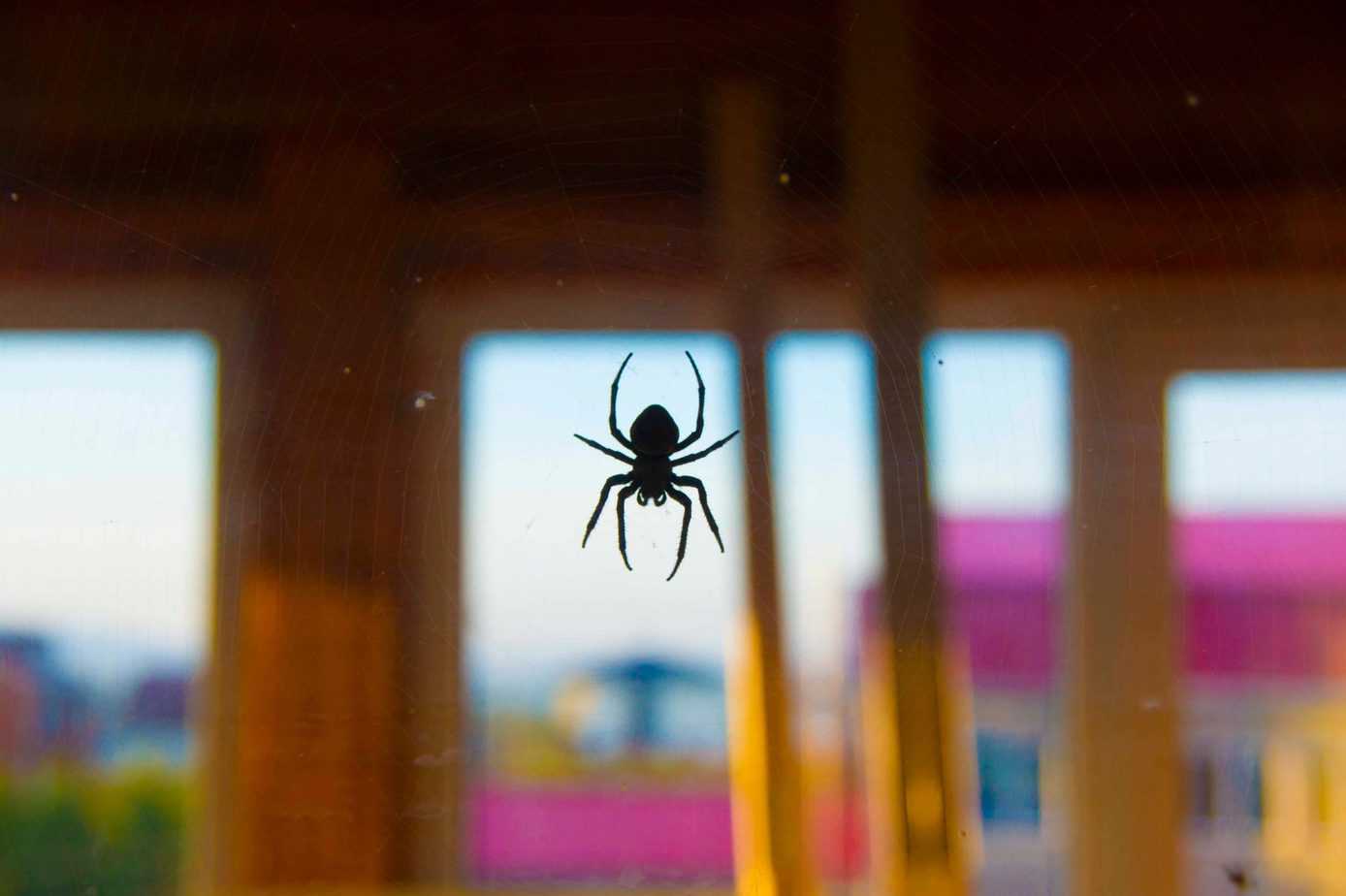
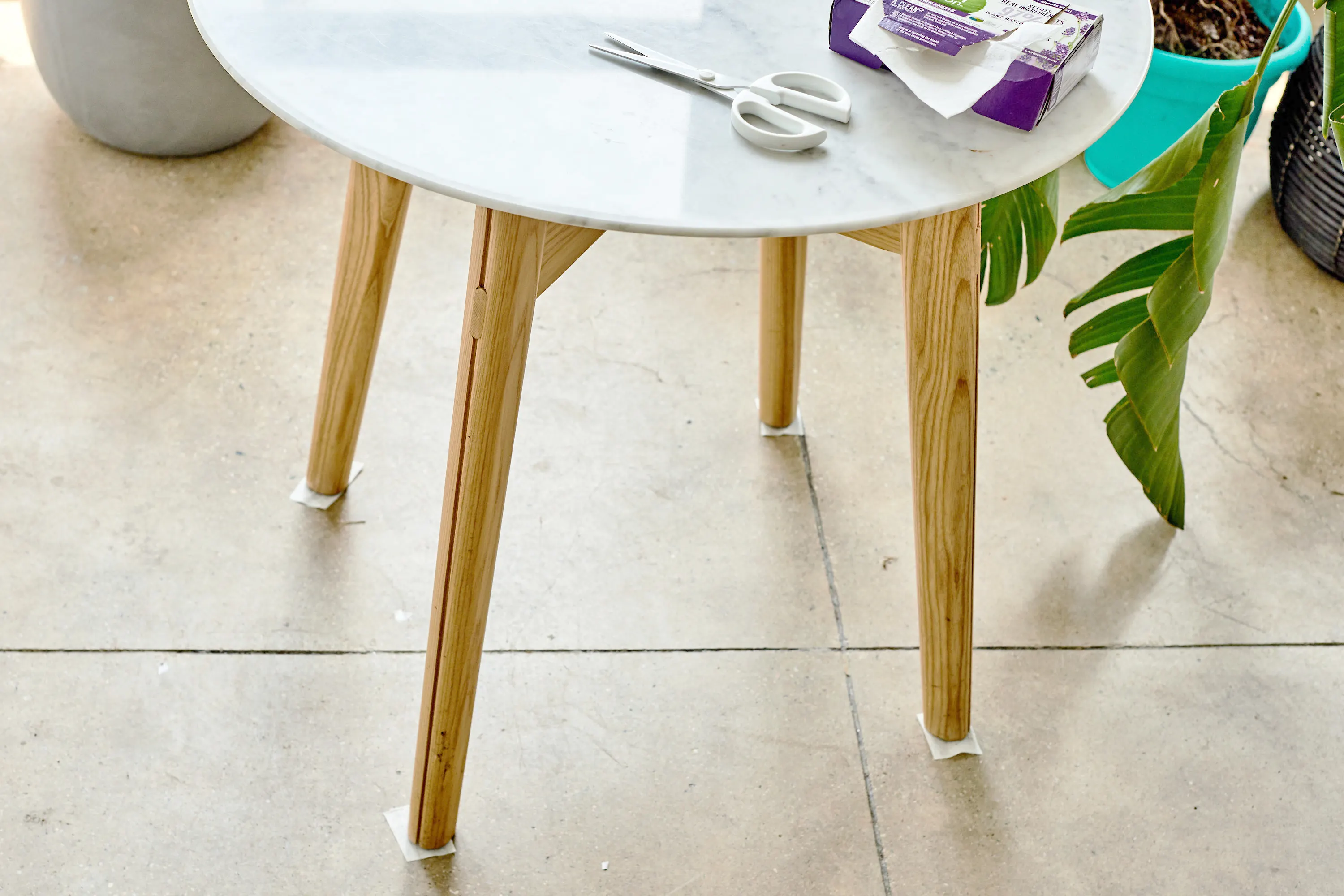

0 thoughts on “How To Keep Artificial Grass Clean”